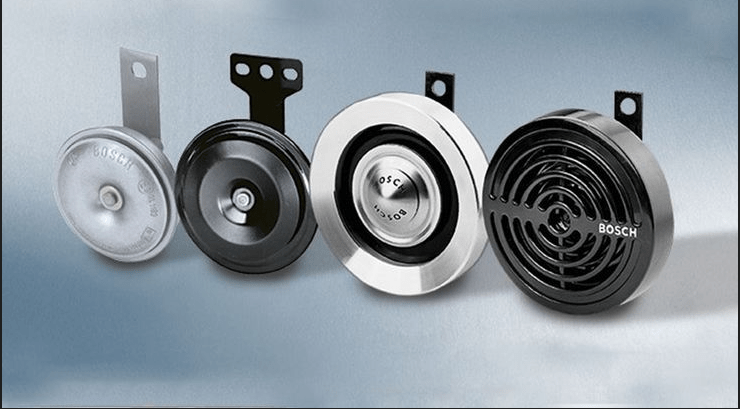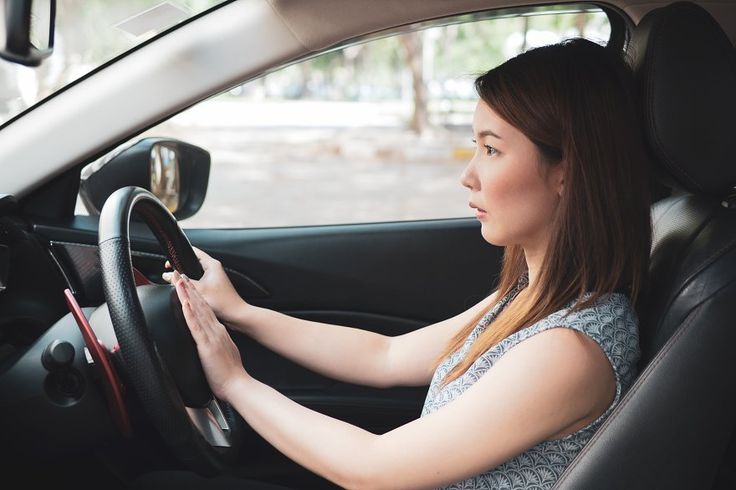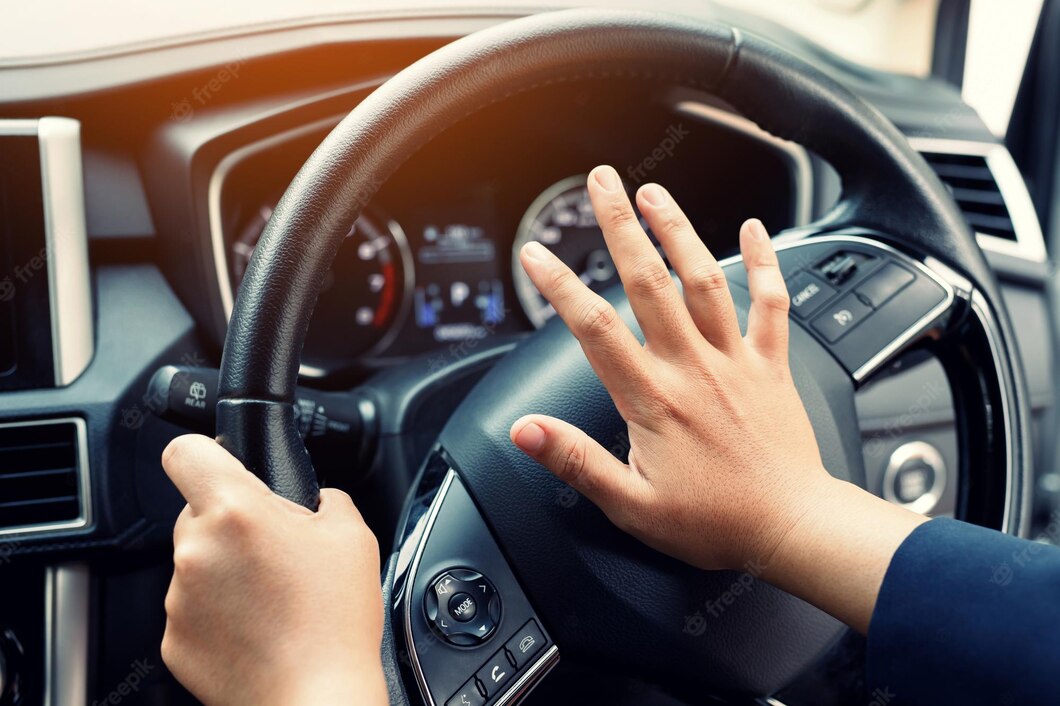A car horn is one of the car parts in the signal system. Drivers often use the car horn sound to notify other vehicles of the presence of a vehicle or the direction of vehicle movement to ensure safety. But in fact, all of us have had to wince and be annoyed many times by the car horns at the wrong time and in the right place. Not only annoying, but in many situations, the sound of a car horn is even an indirect culprit causing painful consequences. So you should use your horn when? And how to honk the horn correctly? Spend a little time solving the problem with Car from Japan.
Contents
Car Horn Guide: You Should Use Your Horn When?
Actually, the process of honking the horn is quite simple (just honk on the steering wheel), but knowing when to honk is a bit more difficult. Car horns should only be used for warning road users of any danger posed by other vehicles or any other type of danger, not to indicate aggression.
You should use your vehicle’s horn when moving a vehicle on a restricted road, a road with street lights, and a 30 mph limit, between certain times depending on your city. We will go into specific situations when you need to use the horn and when not to use it to help you drive safer and possibly avoid costly fines.

3 situations you should honk your horn.
- When you need to alter other vehicles at the traffic light
You’re at an intersection and the traffic signal turns green and it’s been like five-second or more but the vehicle in front of you is not moving. In this case, you should give them a friendly “beep” to nicely let them know “Check it out, the light is green” You just need to gently touch your horn. Don’t hesitate to let someone know when the lights have changed and you’ve waited an amount of time.
- To warn the pedestrian when they get into dangerous situations
If a pedestrian is at risk of being hit by you or another driver, you should honk to warn them. Using the car horn can save your life and other people in this situation. However, do not honk at pedestrians who are obeying traffic rules. In these situations, be patient.
- Get “eye contact” with other cars to avoid a possible collision.
You can honk your horn to warn another driver who could turn in front of you and cause a crash. Whether they are speeding and crossing you or simply forgetting to check their blind spot. It is acceptable to warn other vehicles with a short and full horn as is necessary to ensure the safety of your car and other vehicles on the road.
Here are the most common reasons you should use the car horn. However, there are other reasons you can honk the horn depending on the situation. For example: when you see other drivers entering your lane, honk your horn to keep them on track, or If you are approaching a tight bend so that oncoming drivers know where you are. We would like to re-emphasize that: The purpose of this maneuver is to improve safety on the street.
When should you not use your horn while driving?

You are not allowed to honk when? It may be difficult for the new drivers, especially in a dangerous situation, you only have a few seconds to decide whether to honk or not. We will be going over simple things that you should pretty much never do when honking your horn. If you do this, it can be really dangerous.
- To get attention from your friends
If the reason you are honking is just to connect or say “Hello” to your friends. This action may be needless and evenly confusing to drivers. Other vehicles around you may slow down or accelerate in response to your honking, which could cause an accident.
- Honking to express your annoying
Honk the horn due to your anger or impatience towards another vehicle. For example, if someone is taking time to turn and you are behind them waiting. DO NOT honk at them to retaliate. Other drivers may become confused and make bigger mistakes. In cases like that, you should stay calm while driving.
Some other notes:
- You must not use your horn when you are stationary following rule 112 of the Highway Code, you should only honk when your car is moving. This is because using horns in this situation is there to warn vehicles of danger.
- Some cities will have their own laws related to honking. Specifically, you are not allowed to honk in restricted areas between 11:30 pm and 7:30 pm. How do you know where the restricted areas are? These areas are defined as having a lot of buildings and street lights. This is due to the antisocial behavior of honking your horn at night or in the early hours when everyone is trying to sleep. However, sometimes there is an exception. You can honk your horn if you warn people of danger to passersby. Danger on the road overwhelms those who need to sleep, so don’t be afraid to honk if you need to.
>> Read more: What Are Some Car Functions That Many Drivers Use Incorrectly?
How To Honk Your Horn Correctly?
Many drivers think this maneuver is as simple as pressing the button and honking it but actually, there is a lot more to do. Basically, there are two types of honks. There are short honks and long honks. Each type will be used in certain situations. If you want to nicely tell other drivers or pedestrians anything you’ve gonna go with the short honks.
All you have to do is tap gently on the button. You don’t need to press hard because then that might sound like longer and you don’t want to confuse anybody. You can easily find this button: the horn is actually located in the center of the steering wheel and signified with a horn icon. Opposite to short honks, long honks are used to alter other vehicles on the road more urgently.
Remember to use the horn to keep you and other vehicles around you safe. But use your horn when it’s necessary. Be polite in some situations. For example, instead of honking your horn while waiting for your passengers to hurry up and join you, park your car and either call them.
Honking does not magically disappear congestion and it can make this situation get worse. The horn sound really makes the driver unbearable in traffic. If you’re driving in a traffic jam and can’t find an alternative route. Take a moment to realize that there’s very little you can do to clear it up and try to relax and enjoy a good one. Peaceful track numbers or a cheerful chat with your passengers.
>> Read more: The 4 Types of Tailgaters and How to Avoid Them
In Conclusion
The car horn has the function of assisting the driver to emit an audio signal when asking for directions, warning pedestrians or other car owners. And helping to limit collisions and traffic accidents. Although it is only a small component, the horn plays a very important role in the car. Because it greatly affects the safety of your driving.
However, not everyone knows how to use the horn properly. The horn is not used as an angry button or when people get in your way. Hopefully, the information in the “Driving tip” section provided will help you gain the necessary knowledge when using the car horn.



